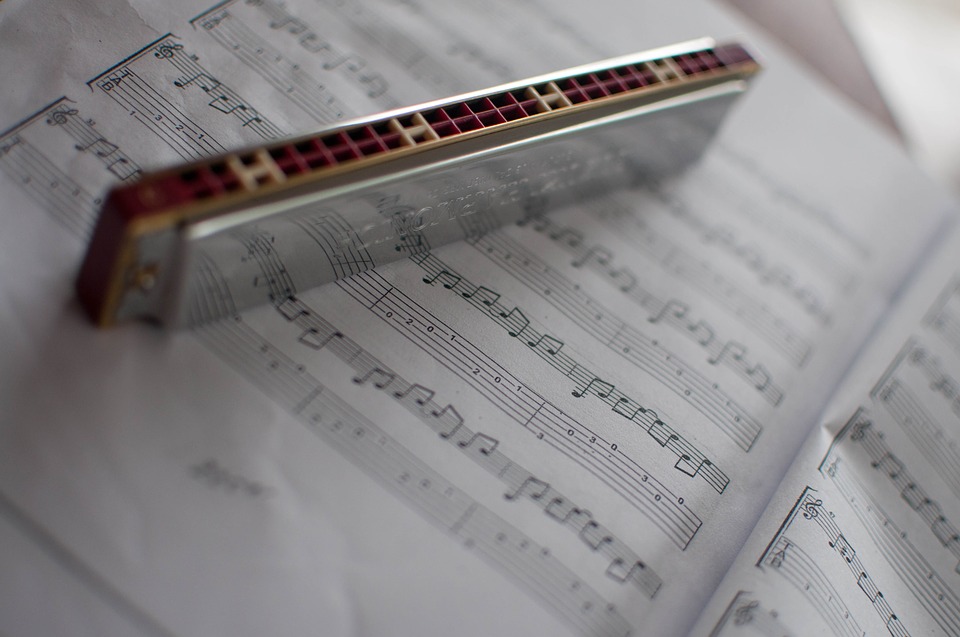Also known as mouth organ, harmonica is widely used in a number of musical genres notably in jazz, rock and roll, classical music and country. It is played using the mouth by directing air in and out of one or more holes along a mouthpiece.
From small harmonicas to big harmonicas, these instruments come in different sizes, designs and are also categorized into different types. The most standard forms are chromatic and diatonic harmonicas but there are other types as well that are not so commonly used. Here are the different types discussed:
- Diatonic
These are the most common types of harmonicas that are designed to play in a specific key. Note-bending and overblowing techniques along with playing in alternate positions allows the player to use it in modes and keys other than its official form.
Most professionals use diatonic harmonicas using it for almost all sorts of music. It comes in different range of prices and quality.
- Chromatic
Chromatic harmonicas usually come with a button-activated lever that runs air into two distinct reed plates. If you have sufficient skill, chromatic harmonicas can be used to play about any scale or mode.
However, these are more difficult to play than diatonic options. It is recommendable to begin with diatonic and progress gradually as soon as you learn. Chromatics are normally tuned to the key of C or G but after learning the appropriate positions and scales, any music can be player virtually using the standard scale.
- Tremolo
Diatonic models that are made with double holes are called tremolo. Each contains two reeds that are tuned to the same note, however, one is tuned a bit higher than the other.
Tremolos are specifically used for special effects. They are also referred as echo harmonicas. Due to the effect created, it is popularly used in Asian rock and pop music. They are even sometimes used in pop and folk music and it generates a rustic tone ideal for playing cowboy songs.
- Octave tuned
These models are similar to Tremolo in musical range and reed layout. However, the reeds are not tuned to the same not. Instead, one reed in each double hole has been tuned with octave apart from each other. It produces a stronger and fully bodied sound but without a Tremolo effect.
- Special tuned diatonic
A special tuned diatonic can be picked up by players who do not play chromatic harmonica but needs an additional note and scale while playing the instrument. These instruments are generally not much in use since most of the job in the musical industry is done by other types of harmonicas mentioned above.
Conclusion
The market is full of harmonicas coming in different specifications. Here were the major types listed. Nevertheless, there are other types available as well that are designed for special purposes like orchestras. These harmonicas are made by different companies so choose the options wisely after conducting a proper research and reading reviews.
Related Posts












